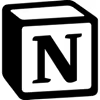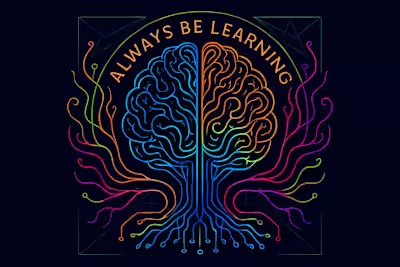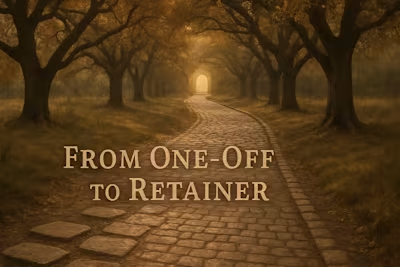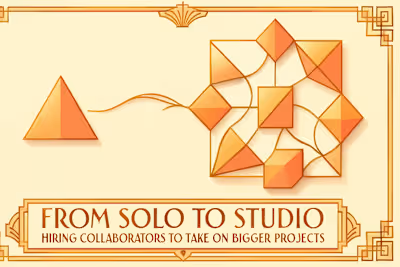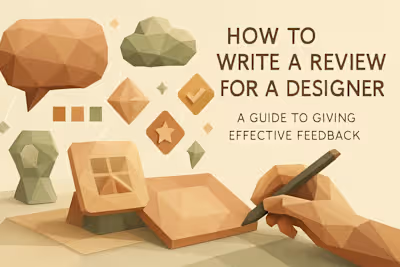Avoiding Burnout: Balancing Creativity and Life for the Long Haul
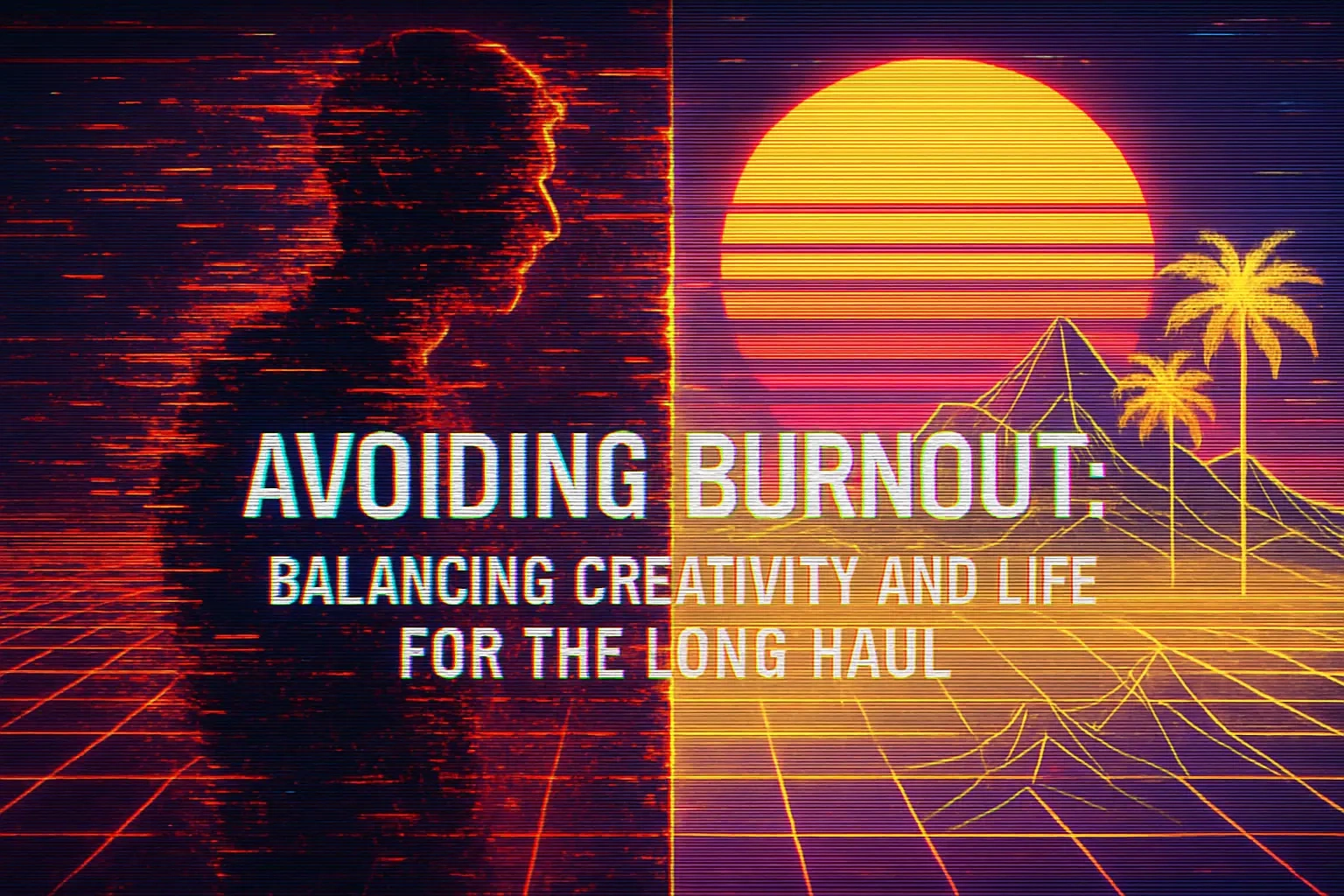
Avoiding Burnout: Balancing Creativity and Life for the Long Haul
Recognizing the Red Flags: Are You Heading for Burnout?
Beyond Tired: The Emotional and Physical Symptoms
The Main Culprits of Freelance Burnout
The 'Passion Tax': When Your Hobby Becomes a Grind
Your Anti-Burnout Toolkit: Practical Strategies for a Balanced Life
The Art of Setting Boundaries (and Sticking to Them)
Structuring Your Day for Sanity and Focus
Take a Real Break: The Power of Disconnecting
Mindfulness and Mental Health for Creatives
Sustaining Creativity for the Long Run
Nurturing Your Creative Outlet Beyond Client Work
Building a Support System
Know When to Say No (or Delegate)
Conclusion
References
Avoiding Burnout: Balancing Creativity and Life for the Long Haul
Recognizing the Red Flags: Are You Heading for Burnout?
Beyond Tired: The Emotional and Physical Symptoms
The Main Culprits of Freelance Burnout
The 'Passion Tax': When Your Hobby Becomes a Grind
Your Anti-Burnout Toolkit: Practical Strategies for a Balanced Life
The Art of Setting Boundaries (and Sticking to Them)
Structuring Your Day for Sanity and Focus
Take a Real Break: The Power of Disconnecting
Mindfulness and Mental Health for Creatives
Sustaining Creativity for the Long Run
Nurturing Your Creative Outlet Beyond Client Work
Building a Support System
Know When to Say No (or Delegate)
Conclusion
References
Posted Jul 6, 2025
Feeling drained? Freelance designer burnout is real. Learn to recognize the signs and implement practical strategies for setting boundaries, managing stress, and sustaining your creativity.



